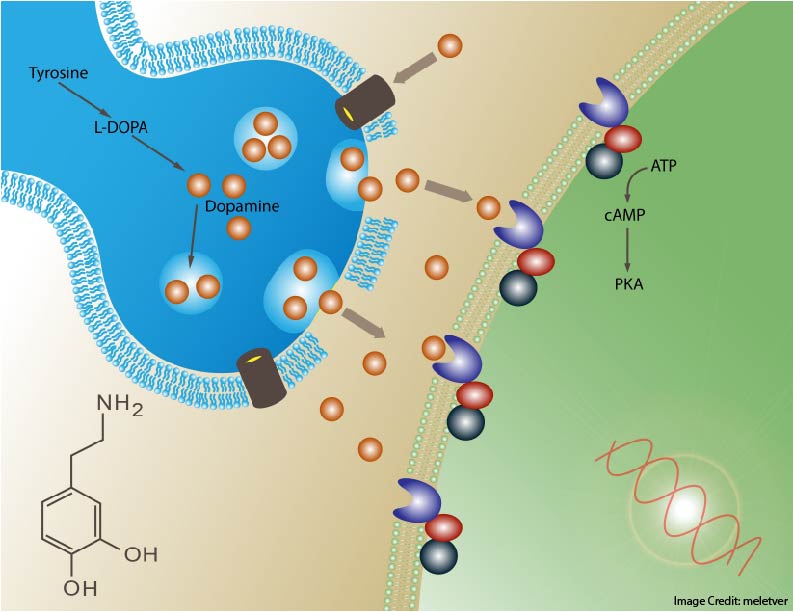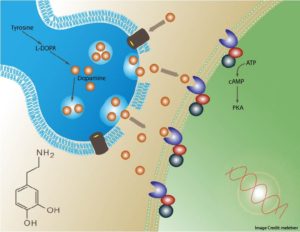Here at Learning and the Brain, we think a lot about the great homework debate.
Some scholars rail against homework. Some schools are doing away with it. However, other researchers champion its benefits.
What can brain researchers contribute to this discussion? Knowing what we know about brains and minds, how can we reconsider this argument?
Working Memory in Schools
All academic learning depends on a crucial cognitive capacity: working memory — often abbreviated as WM.
WM allows students to hold pieces of information in mind, while simultaneously reorganizing or combining them.
Clearly, students use WM all the time. For example:
Performing mathematical operations.
Following instructions.
Applying literary terminology.
Combining letters into new words.
Comparing famous figures.
Using scientific principles in new situations.
All these mental operations — and many, many more — require students to hold and process information simultaneously. Whenever students hold and process, they use WM.
Unfortunately, we just don’t have very much of this essential cognitive capacity. As a simple test: you can probably alphabetize the five days of the work week in your head. (Go ahead — try it!)
But, you probably can’t alphabetize the twelve months of the year. Why? You just don’t have enough WM. (Don’t worry: almost nobody does.)
Working Memory and the Homework Debate
A just-published study by Ashley Miller and Nash Unsworth points to a possible connection between WM and our views on homework.
Imagine, for instance, I give my students a list of random words to learn. Later, I ask them to recall words from that list. As you can imagine, the longer the list, the harder that task will be.
As it turns out, a student’s WM influences her performance on that task. The lower her WM, the more she will struggle to recall all those words.
The Miller and Unsworth study adds a crucial twist. As students see the same word list more and more often, the difference between high-WM students and low-WM students gets smaller.
In some ways of measuring, in fact, it simply goes away.
Put simply: repetitive practice can eliminate this functional difference between high-WM and low-WM students.
What’s another name for “repetitive practice”? Homework.
In other words, homework designed in a particular way might help students who traditionally struggle in school. Although a relatively low WM typically makes learning very difficult, a well-structured assignment might ease some of those difficulties.
If teachers could make cognitive life easier for low-WM students, we’d be going a long way to making school more fair and beneficial.
Caveats (Of Course)
First: this argument says that the right kind of homework can help some students. Of course, the wrong kind of homework won’t. In fact, it might be a detriment to most students.
Second: Miller and Unsworth’s study suggests that repetitive practice can reduce the effect of WM differences. However, teachers might struggle to make “repetitive practice” anything other than really, really dull. We’ll need to be insightful and imaginative to ensure that the solution to one problem doesn’t create a new problem.
Third: To be clear: Miller & Unsworth don’t say that their research has implications for assigning homework. However, as I thought over their findings, it seemed the most direct application of this study in a school setting.
Finally: Teachers might object: we rarely ask students to recall random words. This research paradigm simply doesn’t apply to our work.
And yet, we face an awkward truth.
The words that our students learn might not seem random to us, but they nonetheless often seem random to our students.
We know why the words “chlorophyll,” “stomata,” and “Calvin Cycle” are related to each other. However, until our students understand photosynthesis, even that brief list might feel quite random to them.
Words and ideas that live comfortably in teachers’ long-term memory systems must be processed in our students’ WM systems. The right kind of homework just might make that processing easier.







